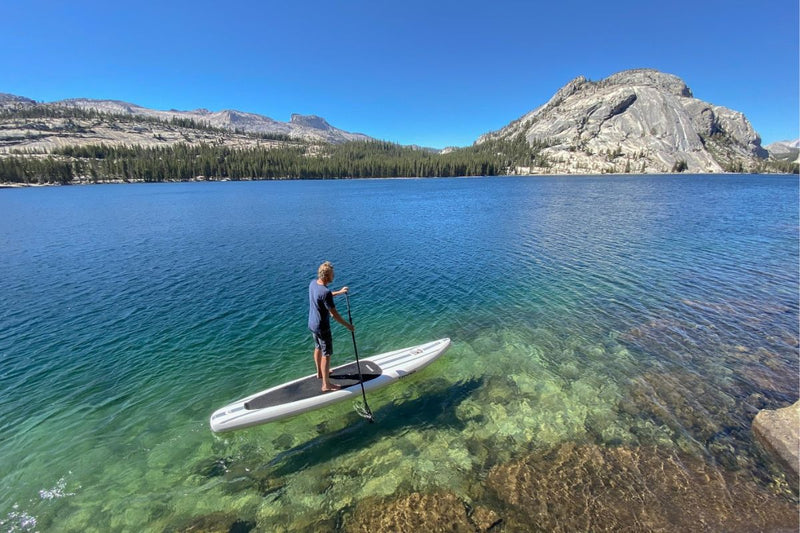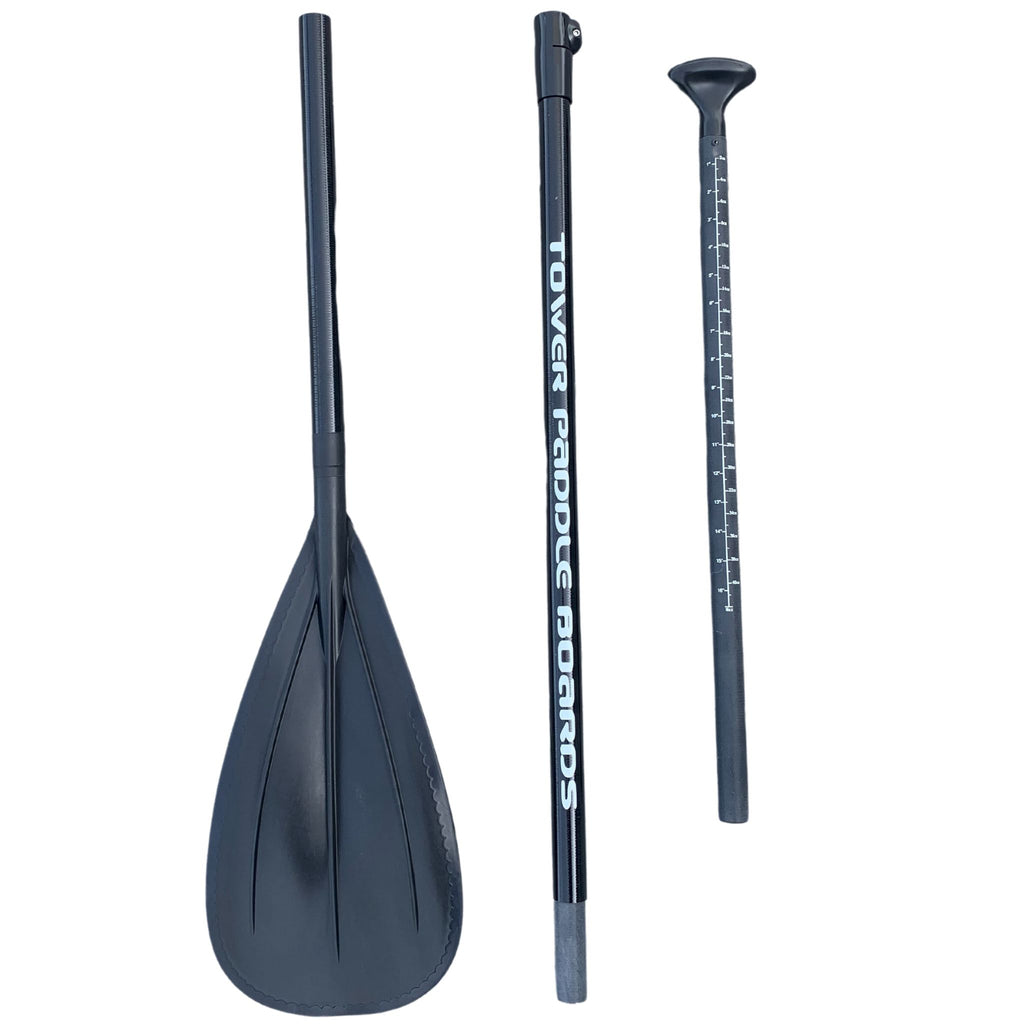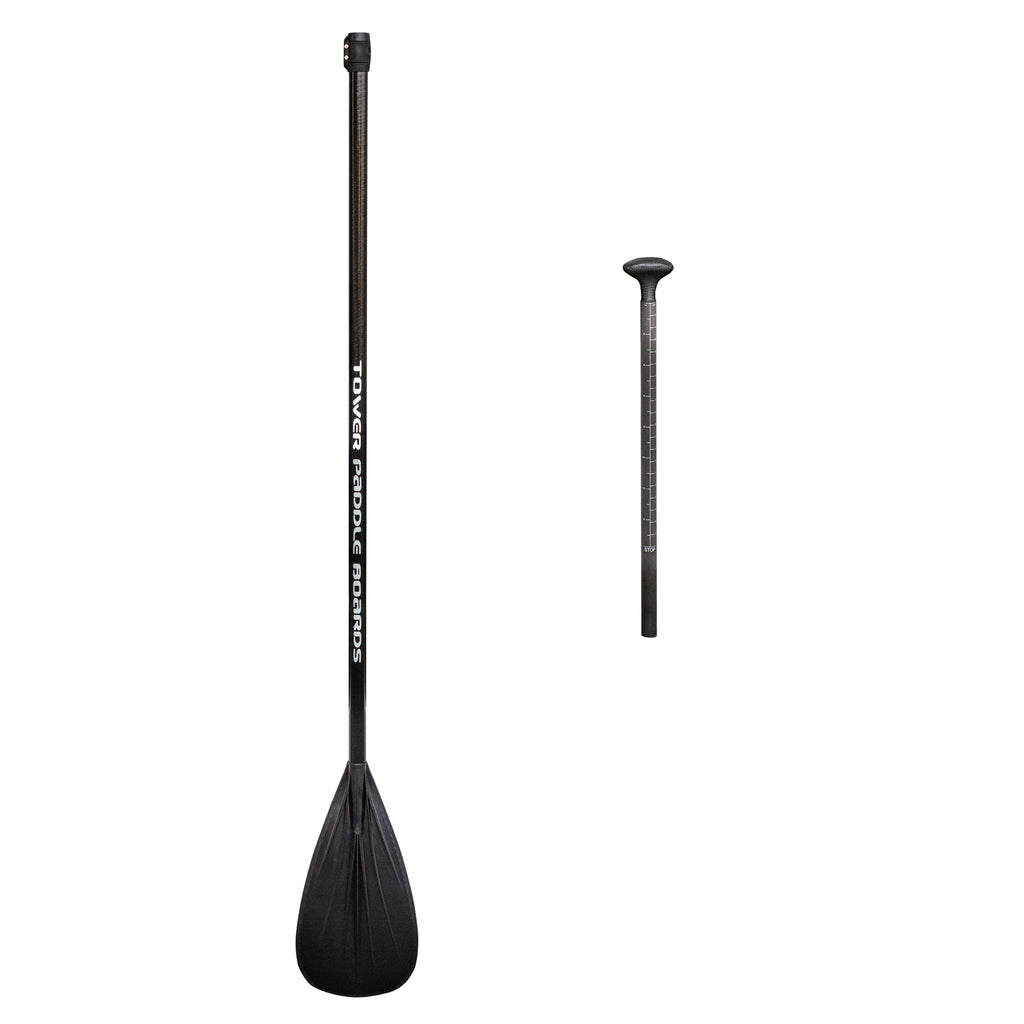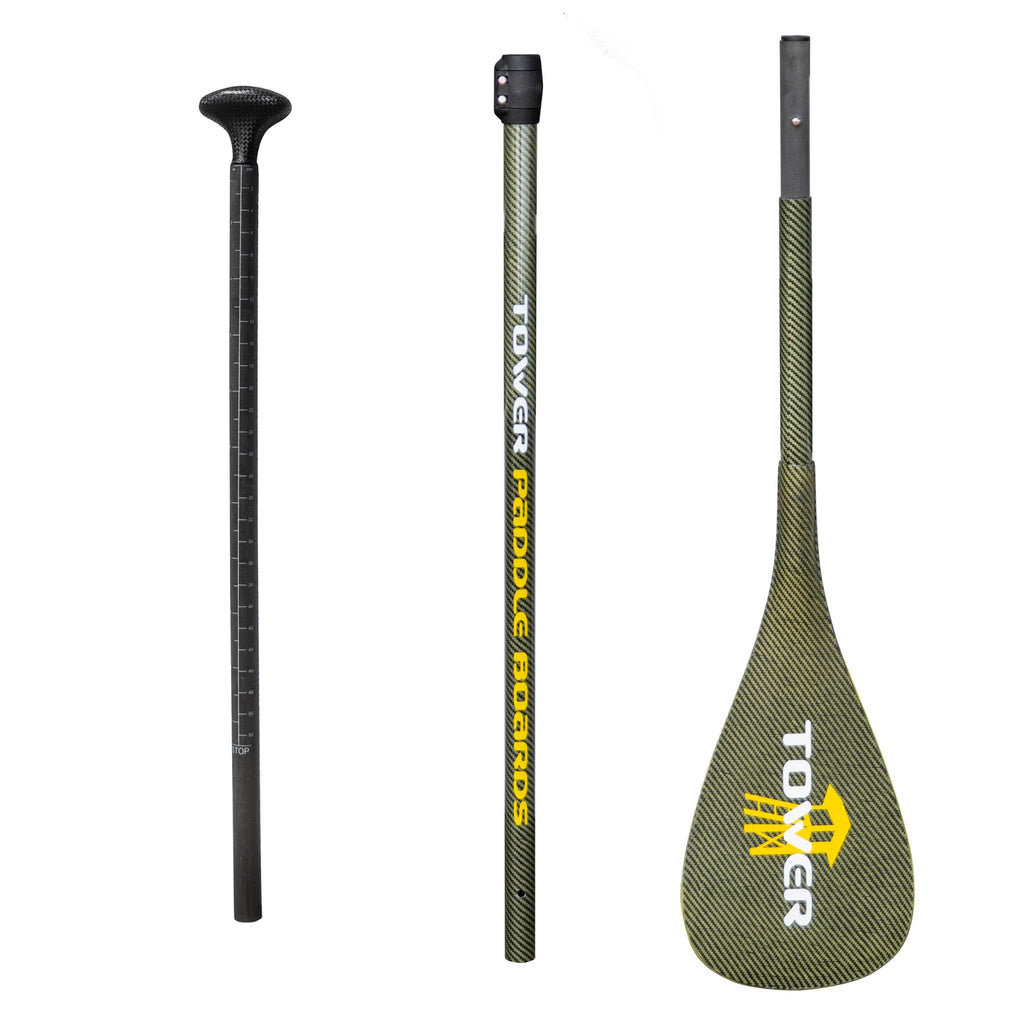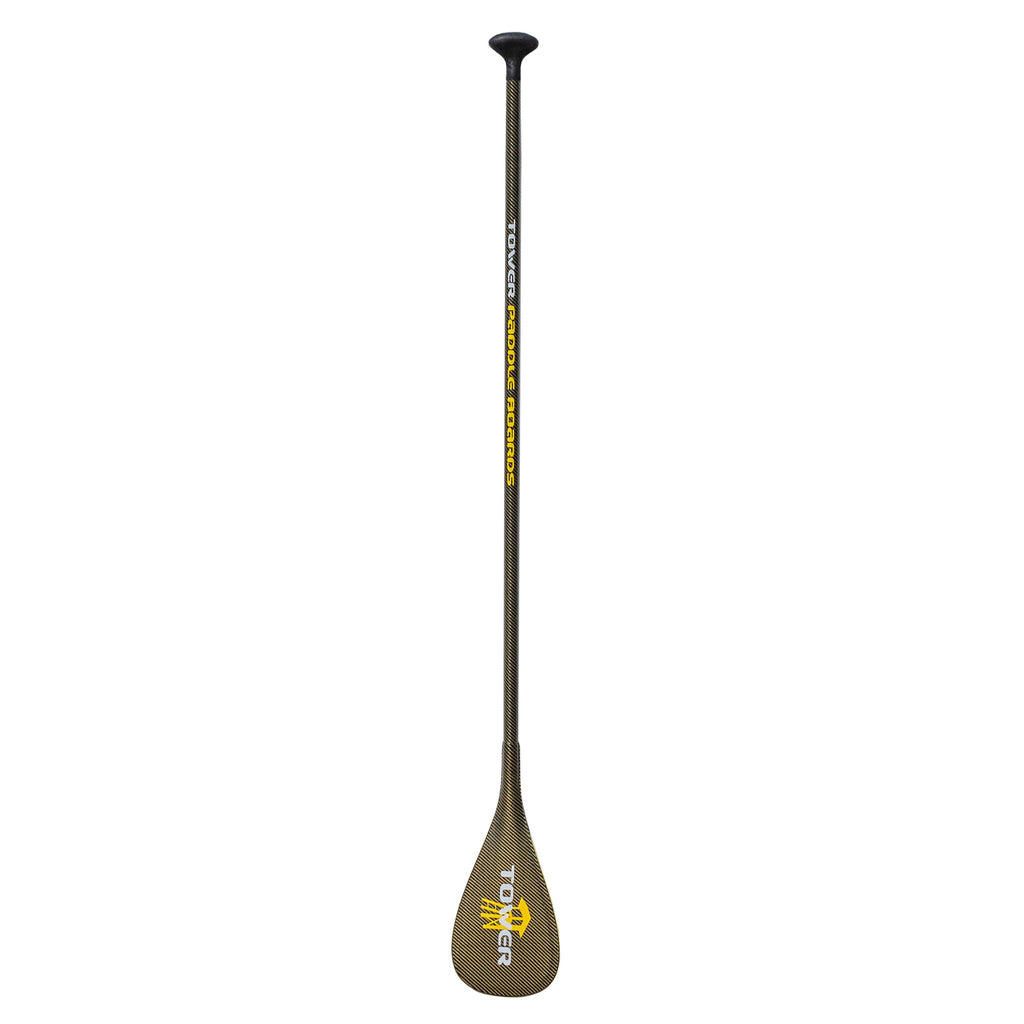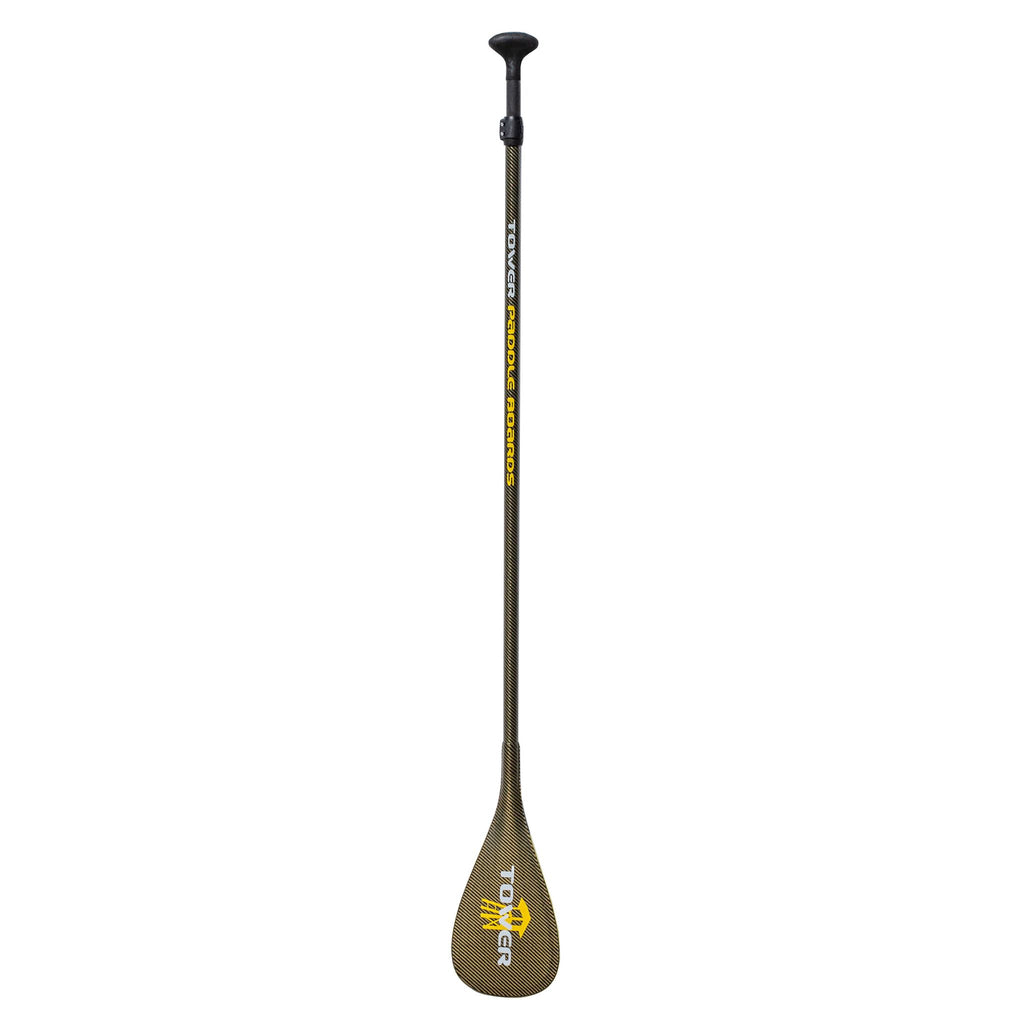How much water is there on Earth? Seventy-one percent of Earth’s surface is covered in water, with 96.5% of that being oceans. There are five oceans, 177 million lakes, and 76 rivers that are more than 1,000 miles long. These bodies of water have provided sustenance, livelihoods, transportation, recreation, and so much more since the dawn of humanity. It can be truly bewildering to imagine all of the marvelous and mysterious life that lives within the planet’s water. In fact, scientists estimate that 91% of ocean species are unknown! This infographic by Tower Paddle Boards explores the 50 largest bodies of water, categorized by oceans, seas, lakes, and rivers:
Click to view the full-size infographic

Want to display this infographic above on your website?
You can copy the below code and paste it into your website.
What Is the Largest Sea in the World?
The largest sea in the world is the Philippine Sea, with a surface area of 2,199,000 square miles. It is a marginal sea (a large, shallow body of water along a continental edge) of the western Pacific Ocean located east of the Philippine archipelago. This sea has an intricate, diverse undersea relief with many deep-sea trenches. Philippine Sea trenches include the Mariana Trench (which contains the deepest point on Earth), the Ryukyu Trench, the Izu-Bonin Trench, and the Philippine Trench.
What Is the Largest Lake in the World?
The largest lake in the world is called the Caspian Sea. Just how big is the Caspian Sea? This colossal lake has a surface area of 143,200 miles, a water volume of 18,800 cubic miles, an average depth of 690 feet, a maximum depth of 3,360 feet, and a shore length of 4,300 miles. The immense size of the Caspian Sea spans parts of Eastern Europe, Central Asia, and Western Asia. Caspian Sea countries that share its shoreline include Iran, Russia, Turkmenistan, Azerbaijan, and Kazakhstan. There are also 26 Caspian Sea islands, with the largest being Ogurja Ada, which is 23 miles long.
The gargantuan size of this ancient brackish body of water might make you wonder, “Are there sharks in the Caspian Sea?” There has been no evidence of sharks living in the Caspian Sea. Some examples of Caspian Sea wildlife are beluga sturgeons, Caspian seals, herrings, pikes, mollusks, and many migratory birds. Beluga sturgeons are the source of beluga caviar, the most expensive type of caviar, with prices ranging from $3,200 to $4,500 per pound. Beluga caviar has been banned in the United States since 2005 due to the fish’s critically endangered status.
What Is the Longest River in the World?
The longest river in the world is the Nile, which stretches across 4,132 miles. It traverses northeastern Africa, with a drainage basin that covers 11 countries: Uganda, Tanzania, Rwanda, Burundi, the Democratic Republic of Congo, Ethiopia, Kenya, Eritrea, South Sudan, Republic of Sudan, and Egypt. Major Nile tributaries include the White Nile and the Blue Nile. A popular Nile trivia question is, “Why does the Nile flow north?” The answer is that the Nile flows north because north is downhill, as it gathers water from high-elevation lakes in the African Rift Valley. It is a common misconception that rivers always flow south.
The 50 Largest Bodies of Water Ranked by Size is brought to you by Tower Inflatable Paddle Boards and Stand-Up Paddle Boards.









